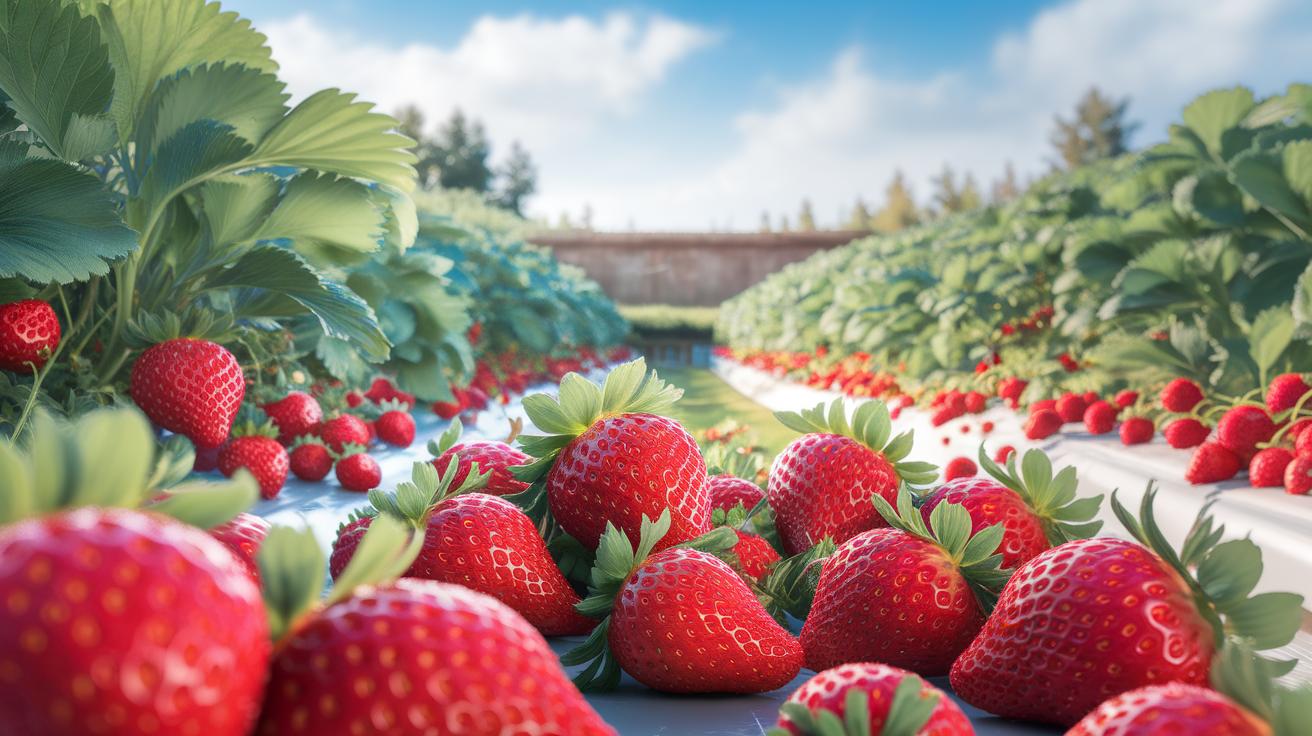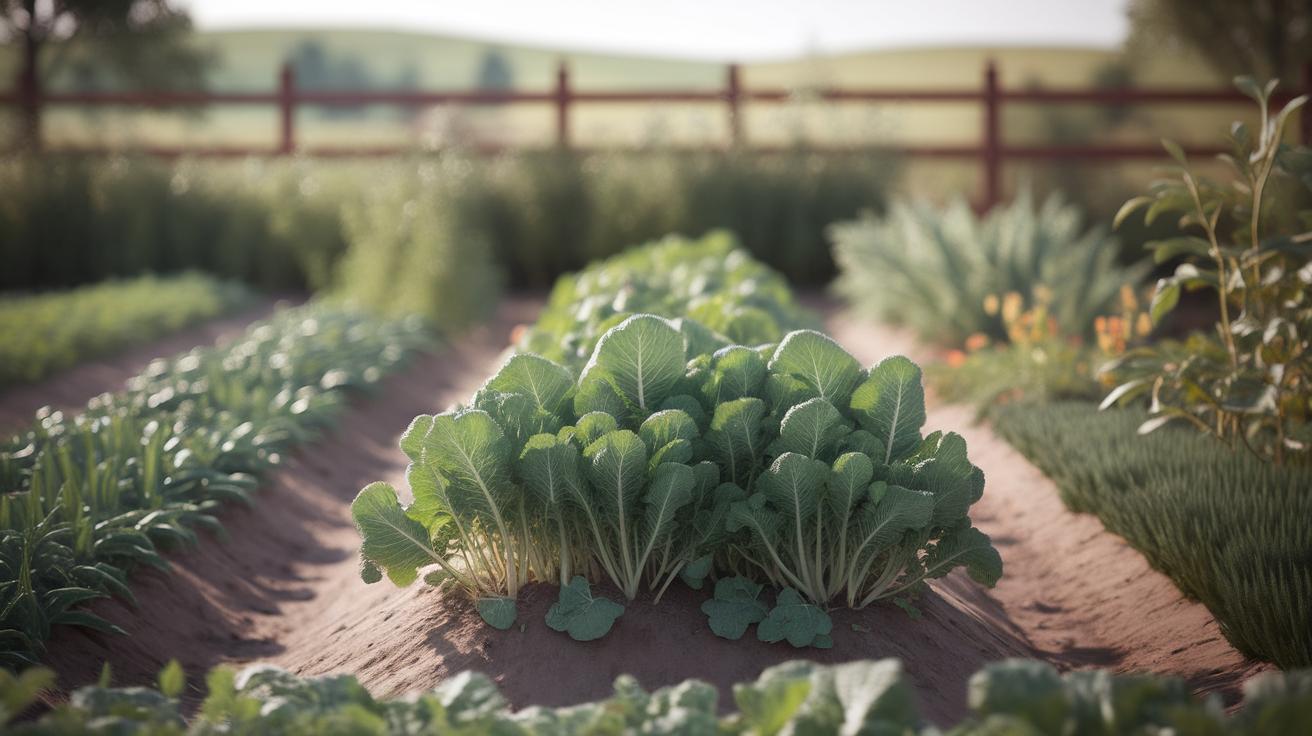Introduction
Starting a strawberry garden brings the joy of growing your own sweet, succulent fruits right to your backyard. Strawberries, renowned for their bright color and luscious taste, have captivated hearts and palates for centuries. New and seasoned gardeners alike find their beauty and simplicity appealing, as these plants can thrive in various environments. In this article, we will explore the essentials of establishing and nurturing a strawberry garden.
Diving deeper, strawberries are not merely a delightful treat; they are also packed with nutrients. Their rich history traces back to ancient times, highlighting their cultural significance and culinary versatility. Understanding the best practices for cultivation, care, and harvesting can help you create a thriving garden. Join us on this journey as we uncover tips and tricks for growing a fruitful strawberry garden that yields delicious rewards each season.
Understanding Strawberry Varieties Savoring Sweet Harvests in Your Garden
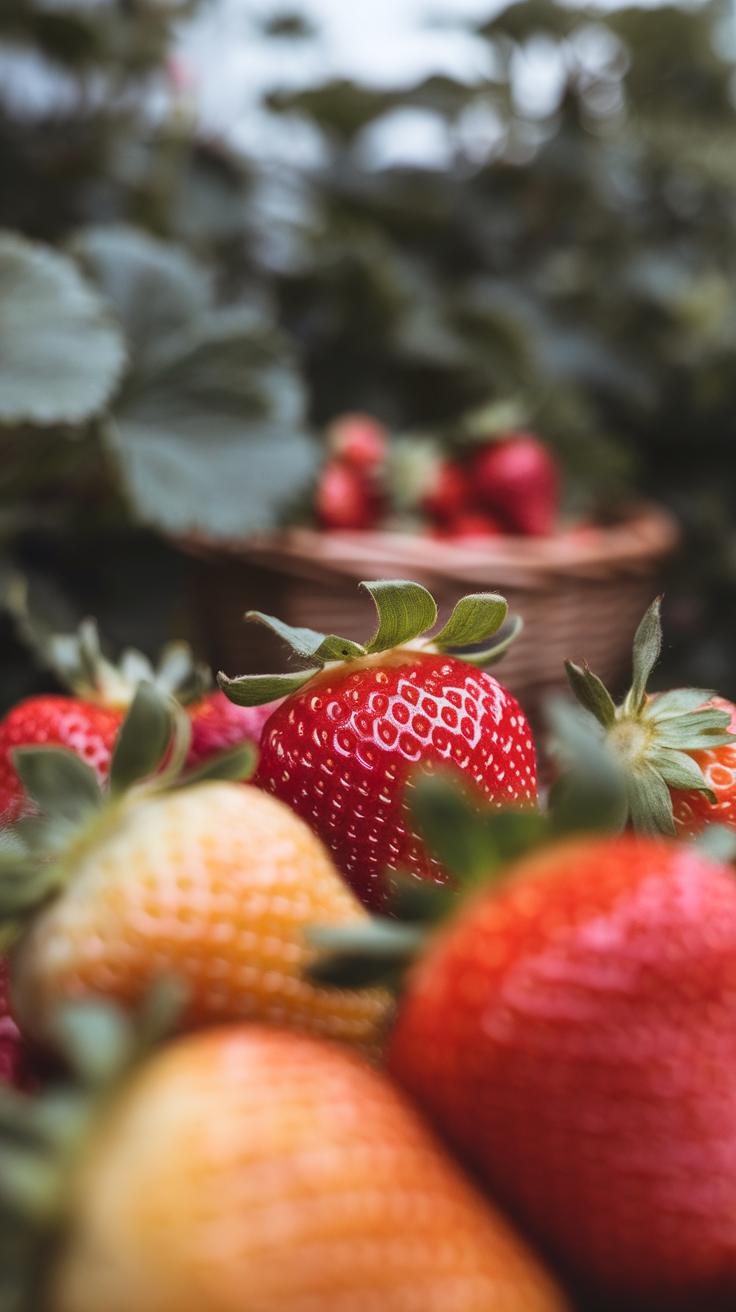
Exploring Different Strawberry Types
Strawberries come in various varieties, each with unique characteristics that influence flavor, texture, and harvesting time. June-bearing strawberries produce a bountiful crop in late spring or early summer, making them ideal for those craving a large harvest all at once. These plants typically yield larger berries and are perfect for making homemade jams and desserts. Everbearing varieties yield fruit continuously throughout the growing season, offering flexibility for gardeners who enjoy harvesting berries in multiple waves. Lastly, day-neutral strawberries are remarkable as they bear fruit regardless of day length, providing a consistent supply of strawberries from late spring to the first frost. Understanding these differences ensures that gardeners select the best variety to meet their taste preferences and garden conditions, leading to delightful flavors and satisfying harvests.
Growing Requirements and Flavor Profiles
Each strawberry variety has specific growing requirements that influence their success in your garden. June-bearing types thrive in well-drained soil rich in organic matter, requiring full sun to achieve peak flavor. Everbearing varieties are slightly more tolerant of varying conditions but still prefer fertile soil and sunlight. Day-neutral strawberries are particularly versatile, performing well in different soil types, as long as their watering needs are met to prevent drought stress. The flavors of strawberries can range from sweet to tart depending on the variety and growing conditions. Selecting the right type based on both flavor profiles and garden specifications ensures a sweeter experience during those delightful harvest moments.
Preparing Your Garden Space Selecting the Ideal Location for Your Strawberry Garden
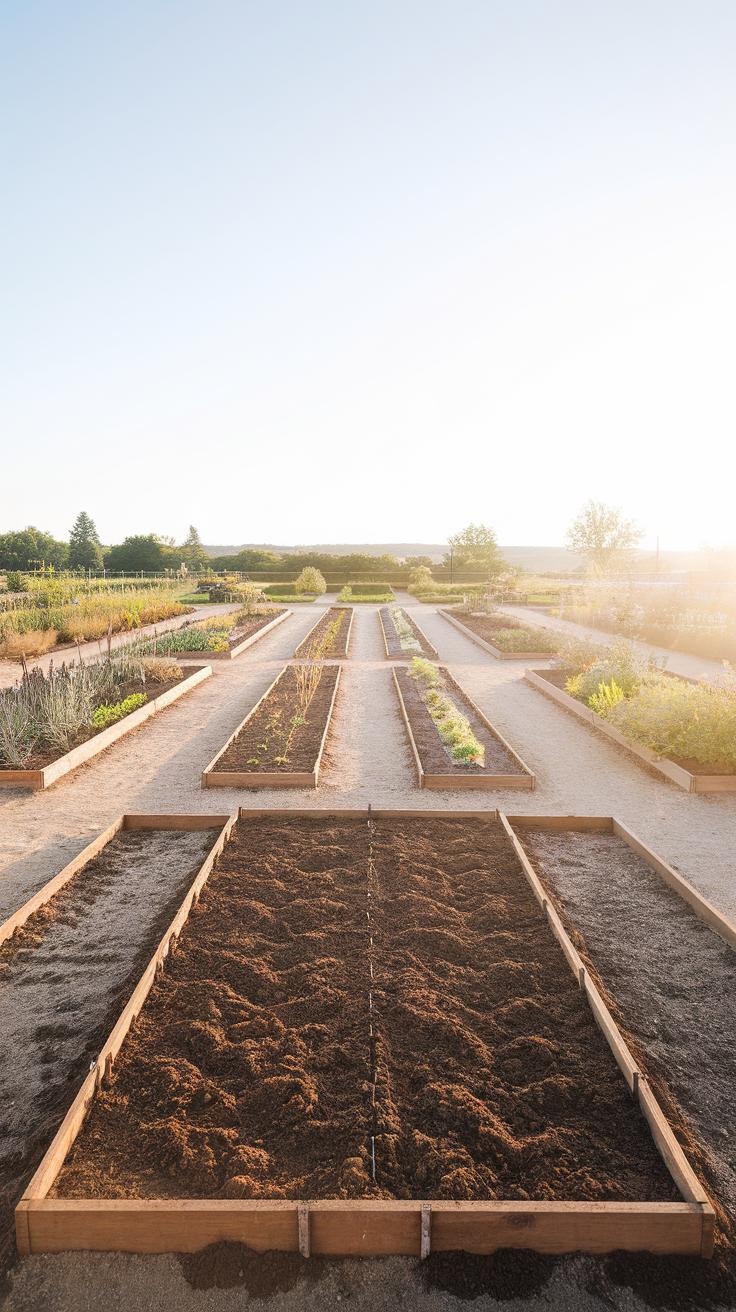
Sunlight and Soil Conditions
Choosing the perfect spot for your strawberry garden is vital for a bountiful harvest. Strawberries thrive best in an area that receives a minimum of 6 to 8 hours of sunlight daily. This ample sunlight promotes healthy growth and encourages sweeter fruit. When considering soil conditions, aim for well-draining, loamy soil enriched with organic matter. Strawberries prefer a pH level between 5.5 and 6.8. Conducting a soil test can help determine if any amendments are necessary to achieve these conditions.
Drainage Requirements
Proper drainage is crucial to prevent waterlogging, which can lead to root rot and other diseases. If your selected area holds water after heavy rains, consider using raised beds to improve drainage. Intact landscaping should allow excess water to flow away while maintaining moisture in the root zone. Incorporating organic materials such as compost or peat moss can also enhance drainage and soil structure, providing your strawberries with an ideal environment in which to flourish.
Planting Strawberries The Path to a Bountiful Garden
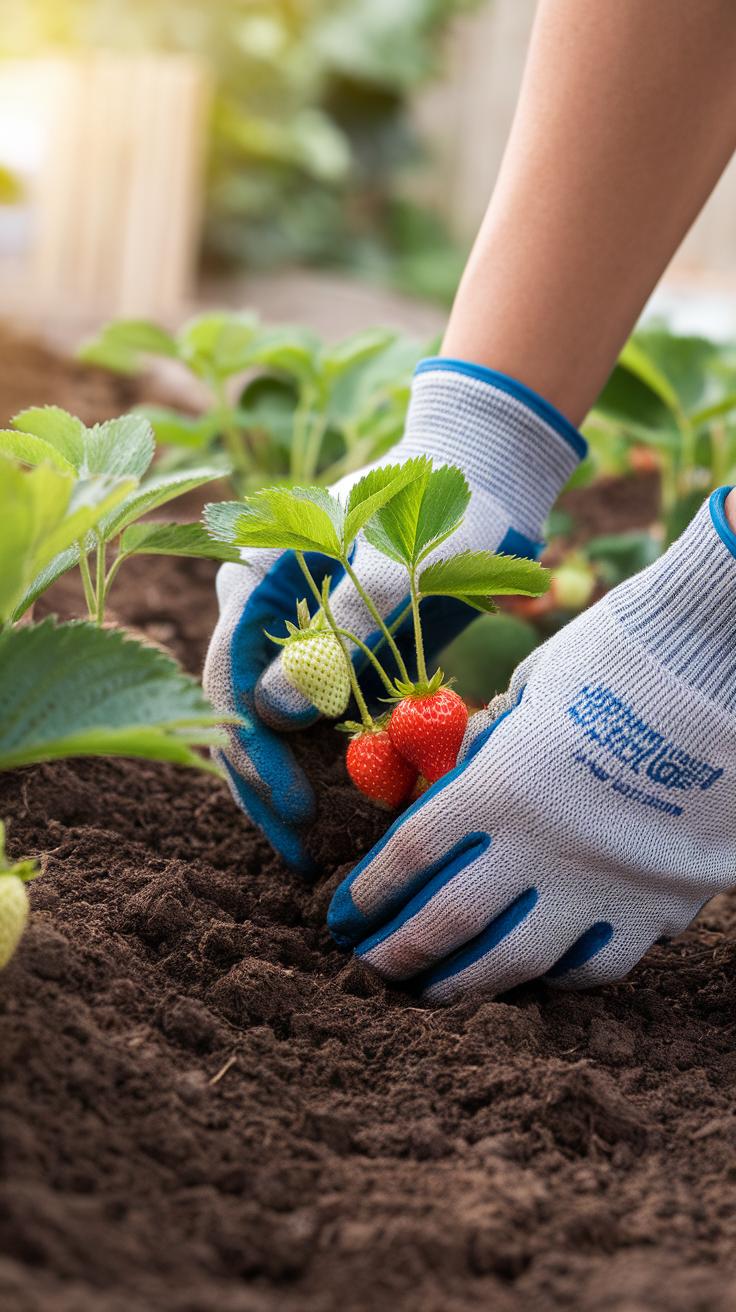
Step-by-Step Guide to Planting Strawberries
Successful strawberry cultivation starts with careful planting. Timing plays a vital role; late winter to early spring is ideal for planting bare-root strawberries, while transplants thrive when planted in late spring after the last frost. Begin by spacing plants about 12 to 18 inches apart, allowing ample room for their runners to spread. Place each plant in a hole deep enough to cover the roots without burying the crown. The crown should sit at soil level, ensuring optimal growth.
After planting, gently pack the soil around each plant, ensuring good contact. Water thoroughly post-planting to settle the soil and provide hydration. Mulching around the plants helps retain moisture and suppress weeds, creating a nurturing environment. Establishing these fundamental practices will lead to a thriving strawberry garden, ready to yield sweet harvests in due time.
Caring for Your Strawberry Plants Watering Mulching and Fertilization Techniques
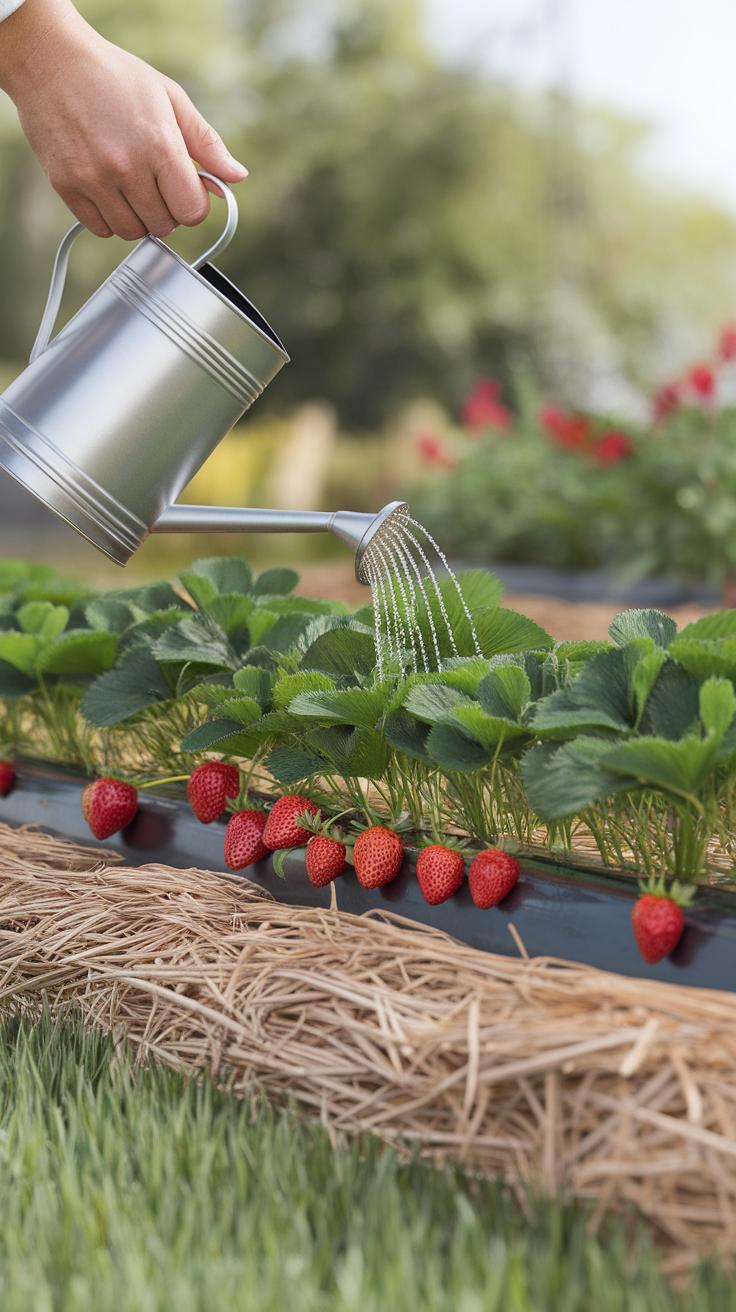
Ongoing Care for Robust Strawberry Growth
Maintaining your strawberry garden requires consistent attention to watering, mulching, and fertilization to ensure healthy plants and a bountiful harvest. Watering is vital, particularly during dry spells. Strawberries thrive with 1 to 1.5 inches of water weekly, preferably applied in the morning to avoid evaporation losses. Using soaker hoses helps deliver moisture directly to the roots while keeping foliage dry, reducing the risk of disease.
Mulching serves multiple purposes, including moisture retention, weed suppression, and temperature regulation. An organic mulch like straw not only enriches the soil as it decomposes but also protects the fruit from soil-borne pathogens. In addition, regular fertilization every four to six weeks with a balanced organic fertilizer bolsters growth and fruit-production. A careful approach to feeding, tailored to soil tests, promotes robust health and extends the fruitful life of your strawberry plants.
Pest and Disease Management Safeguarding Your Strawberry Garden
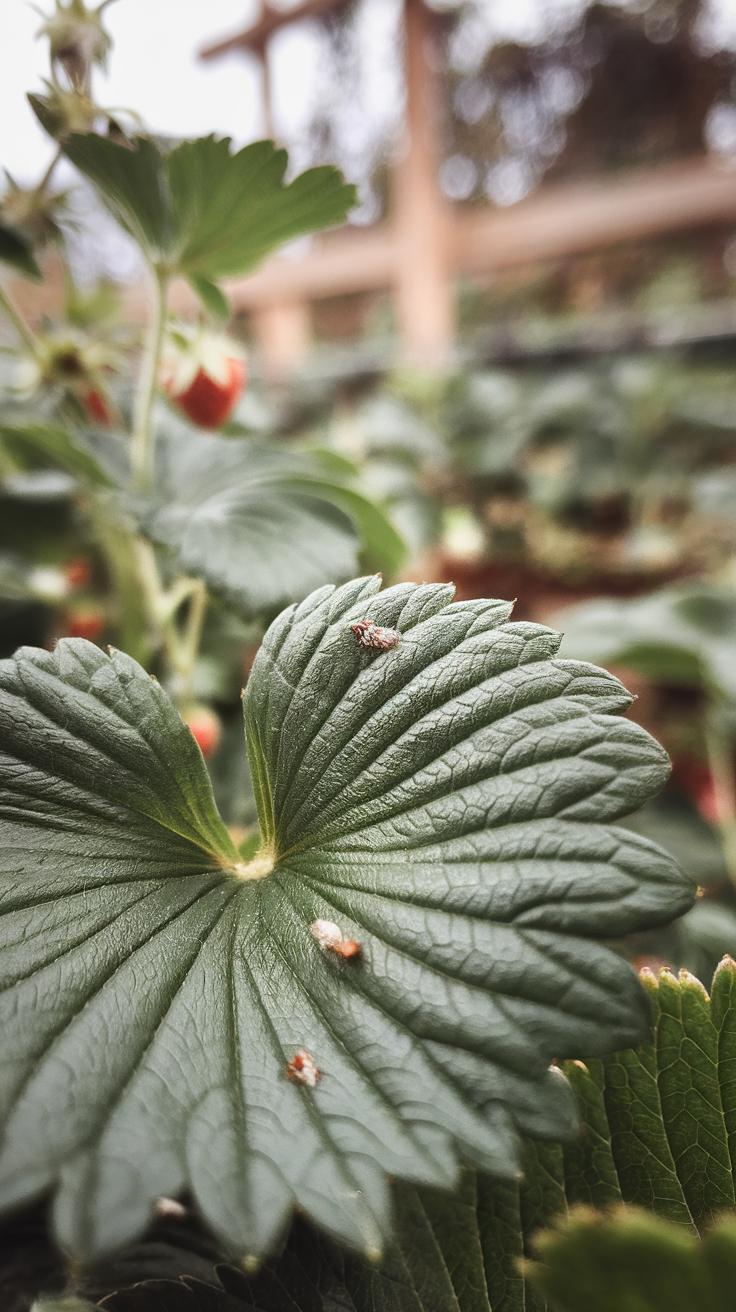
Identifying Common Pests and Diseases
Strawberry plants, while delightful to grow, can be susceptible to various pests and diseases. Among the most common pests are aphids, spider mites, and slugs, each posing unique threats. Aphids can weaken plants and transmit viruses, while spider mites thrive in dry conditions. Slugs are notorious for chewing on leaves and fruits. On the disease front, watch for gray mold, caused by Botrytis cinerea, and fungal infections like powdery mildew. These issues can significantly impact the health and yield of your strawberry garden.
Effective Management Strategies
Maintaining a healthy strawberry garden requires proactive pest and disease management strategies. Implementing crop rotation can break the cycle of pest and disease infestations. Introducing beneficial insects such as ladybugs can help control aphid populations, and regularly inspecting plants allows for early detection of issues. Employing organic fungicides or home remedies like baking soda sprays can manage fungal problems effectively. Always ensure proper air circulation around plants through spacing and pruning, reducing the likelihood of disease outbreaks. Keeping your garden free of debris will also deter pests, ensuring your strawberry plants flourish beautifully.
Harvesting Strawberries Best Practices for a Sweet Yield
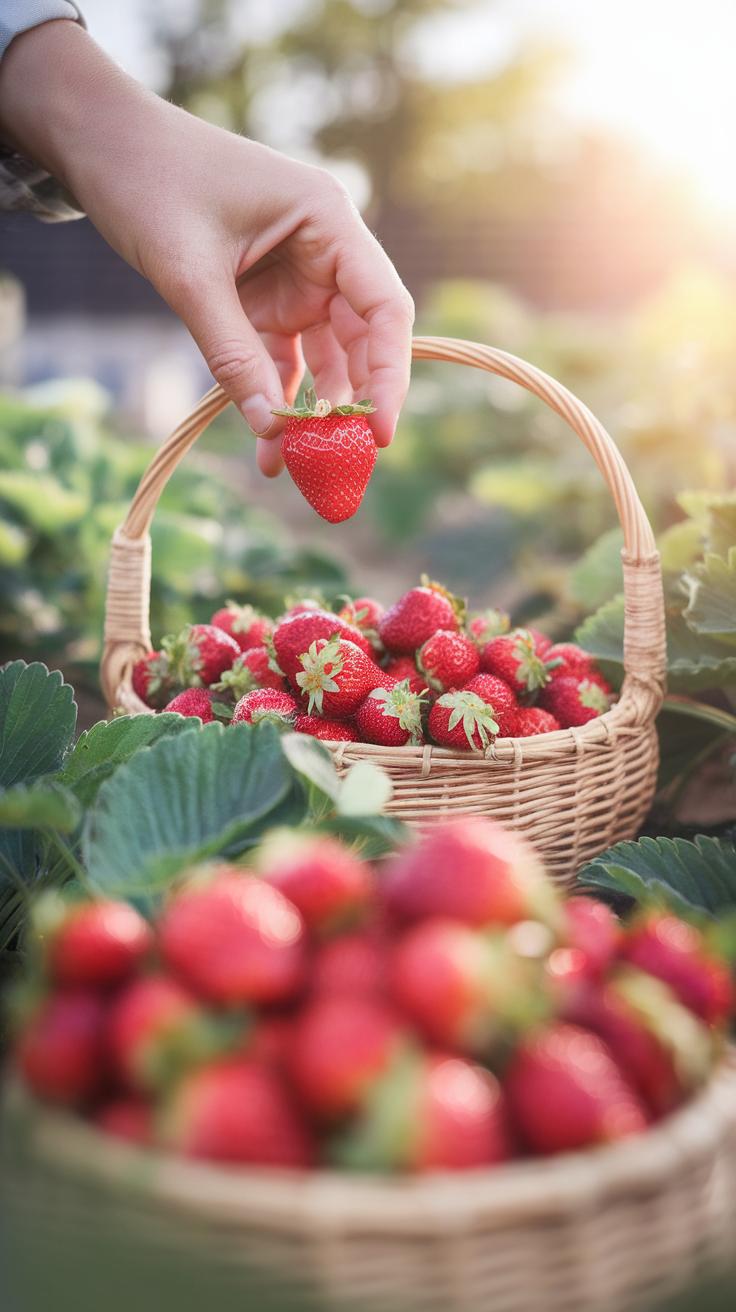
Signs of Ripeness and Careful Techniques
Recognizing when strawberries are ripe is essential for a successful harvest. Ideal berries are a vibrant red color, firm to the touch, and emit a sweet aroma. A ripe strawberry should be fully developed, with no green or white areas remaining. Taste-testing is another method; the best flavor comes from berries that are fully matured on the plant.
To harvest without damaging your plants, grasp the stem just above the berry and gently twist or cut it with pruning shears. Avoid tugging or pulling, which can stress the plant and lead to irregular growth or disease susceptibility. By taking care during this delicate stage, you’ll ensure a bountiful crop while fostering healthy plants for future seasons.
Storing and Using Your Harvest Savor Sweet Strawberry Delights
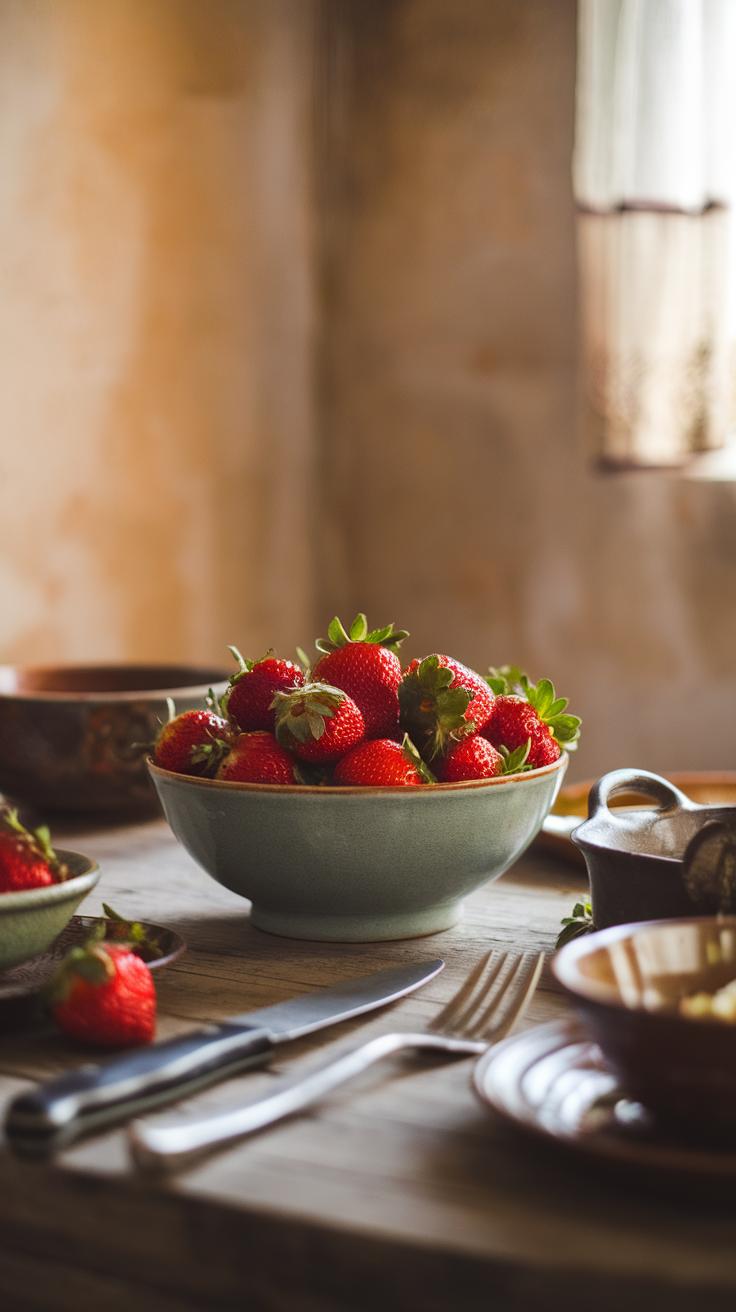
Preserving Freshness after Harvest
To maintain the delightful freshness of your harvested strawberries, immediate care is paramount. Avoid washing them until you’re ready to use them, as moisture can lead to mold. Store strawberries in a single layer in a breathable container, such as a cardboard box or a shallow bowl, lined with paper towels to absorb excess moisture. If you need to store them for a few days, refrigeration can extend their shelf life; however, consume them within three to five days for optimal taste.
Culinary Uses for Your Strawberry Bounty
Strawberries can elevate a variety of dishes, offering sweetness and vibrant color. They are perfect in both sweet and savory applications. Consider using them in
- salads for a refreshing touch
- sauces to complement grilled meats
- desses like tarts, cakes, and ice creams
- smoothies for a nutritional boost
Freezing is also an excellent option; wash and slice the strawberries, then place them on a baking sheet to freeze before transferring to airtight containers. This way, you can savor their sweetness long after the growing season ends.
Enjoying Your Strawberry Garden Savoring the Fruits of Your Labor
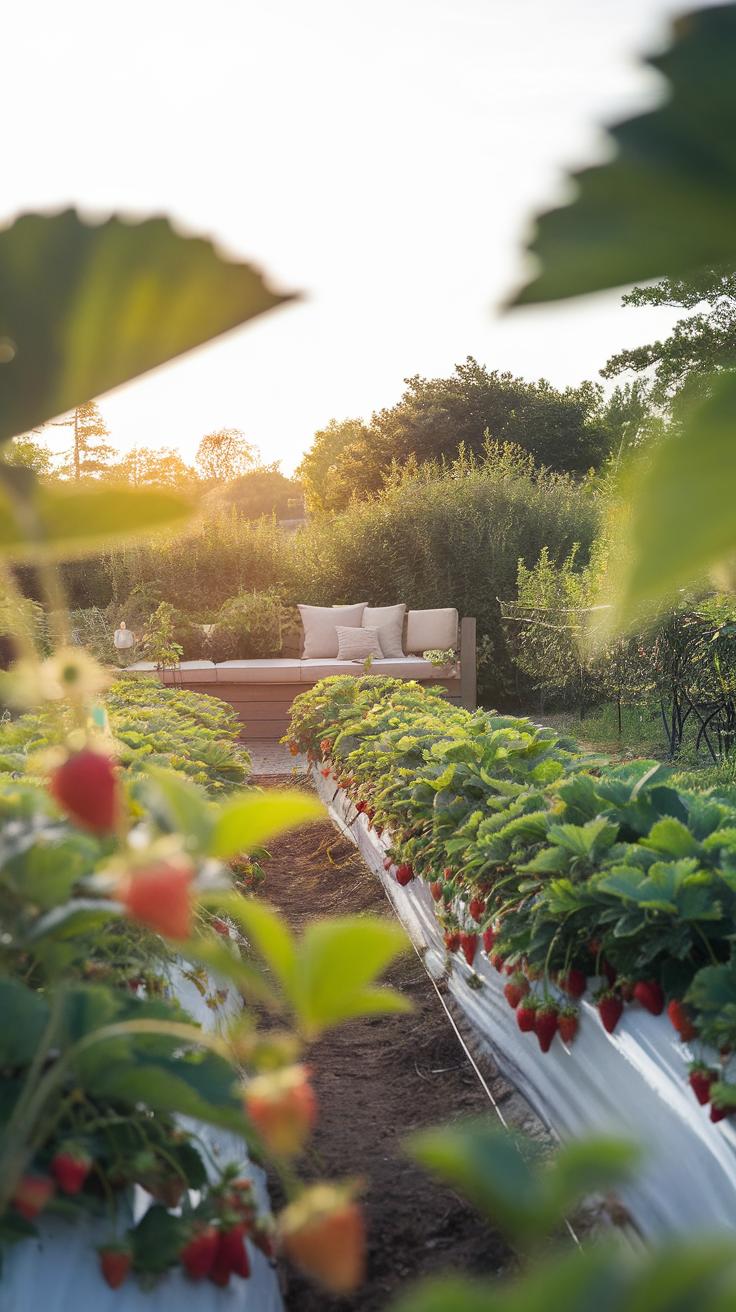
Harvesting strawberries offers a rewarding experience that extends beyond personal satisfaction. Engage your family and friends in the joy of picking ripe berries directly from your garden. Not only does this create cherished memories, but it also promotes a sense of community and shared delight. Hosting berry-picking days can turn into a fun tradition, inviting neighbors to join in on the excitement and the sweet rewards of your hard work.
Engaging with the Community Through Strawberry Gardening
Consider organizing local events such as “Strawberry Festivals” or “Pick Your Own” days, which can bring people together and raise awareness about the joys of gardening. You might also explore community gardens or local farmers’ markets, showcasing your strawberries and sharing recipes that highlight their delightful flavor. By fostering connections through your strawberry garden, you not only celebrate your harvest but also inspire others to cultivate their own backyard delights.
Conclusions
Cultivating a strawberry garden not only enriches your culinary experiences but also enhances your gardening skills. With the information provided, you can navigate the complexities involved in growing strawberries from selecting the right variety to managing pests effectively. Embracing these practices, you can enjoy a bountiful harvest while basking in the beauty of your garden.
The joy of picking ripe strawberries directly from your garden is an experience worth celebrating. As you explore the myriad of ways to incorporate your fresh strawberries into meals or desserts, remember that the effort invested in your garden translates into delightful moments with family and friends. Get ready to savor the sweet success of your strawberry garden!


